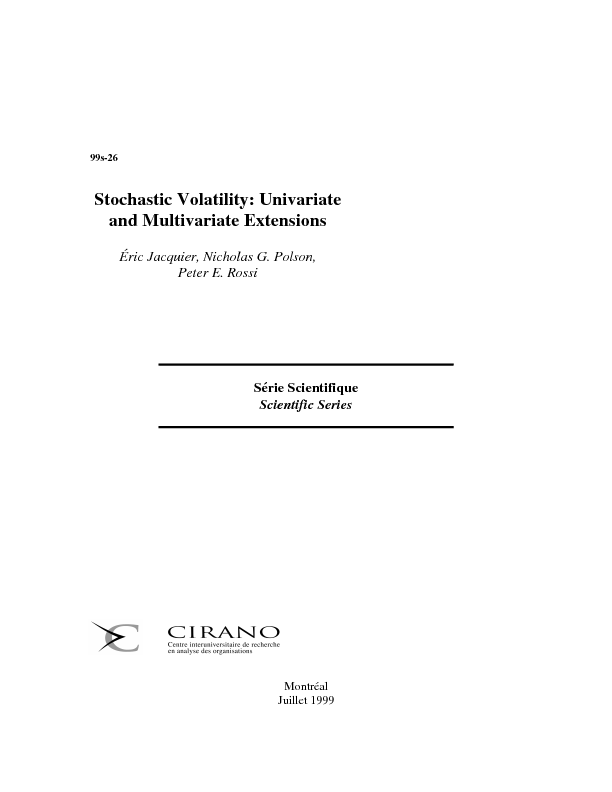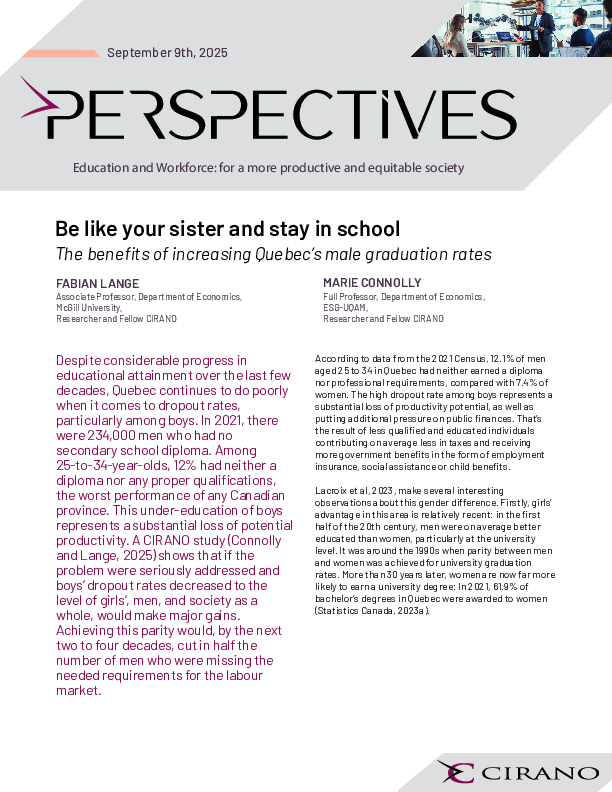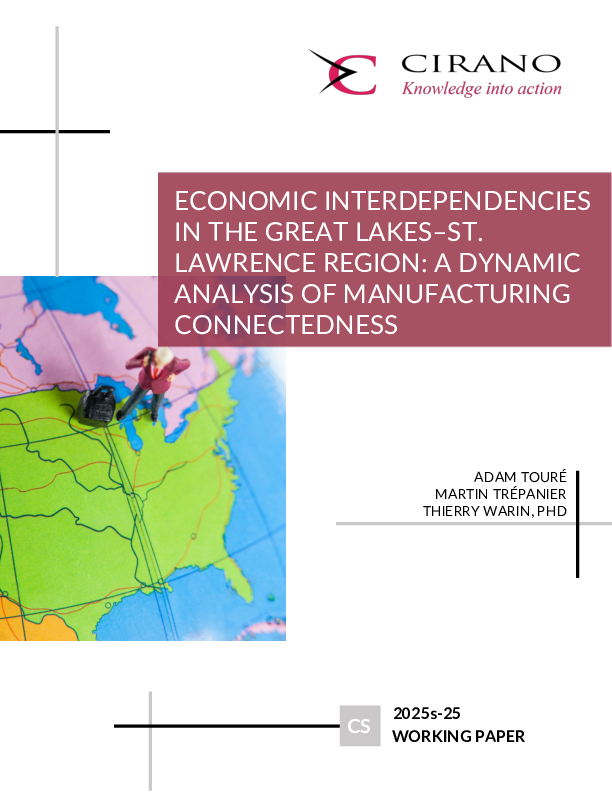Stochastic Volatility: Univariate and Multivariate Extensions
Stochastic volatility models, aka SVOL, are more difficult to estimate than standard time-varying volatility models (ARCH). Advances in the literature now offer well tested estimators for a basic univariate SVOL model. However, the basic model is too restrictive for many economic and finance applications. The use of the basic model can lead to biased volatility forecasts especially around crucial periods of high volatility. We extend the basic SVOL needs to allow for the leverage effect, through a correlation between observable and variance errors, and fat-tails in the conditional distribution. We develop a Bayesian Markov Chain Monte Carlo algorithm for this extended model. We also provide an algorithm to analyze a multivariate factor SVOL model. The method simultaneously performs finite sample inference and smoothing. We document the performance of the estimator and show why the extensions are warranted. We provide the researcher with a range of model diagnostics, such as the identification of outliers for stochastic volatility models or the assessment of the normality of the conditional distribution. We implement this methodology on a number of univariate financial time series. There is strong evidence of (1) non-normal conditional distributions for most series, and (2) a leverage effect for stock returns. We illustrate the robustness of the results to the choice of the prior distributions. These results have policy implications on decisions based upon prediction of volatility, especially when dealing with tail prediction as in risk management.
[ - ]




